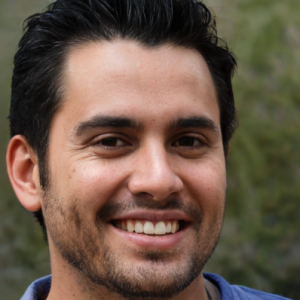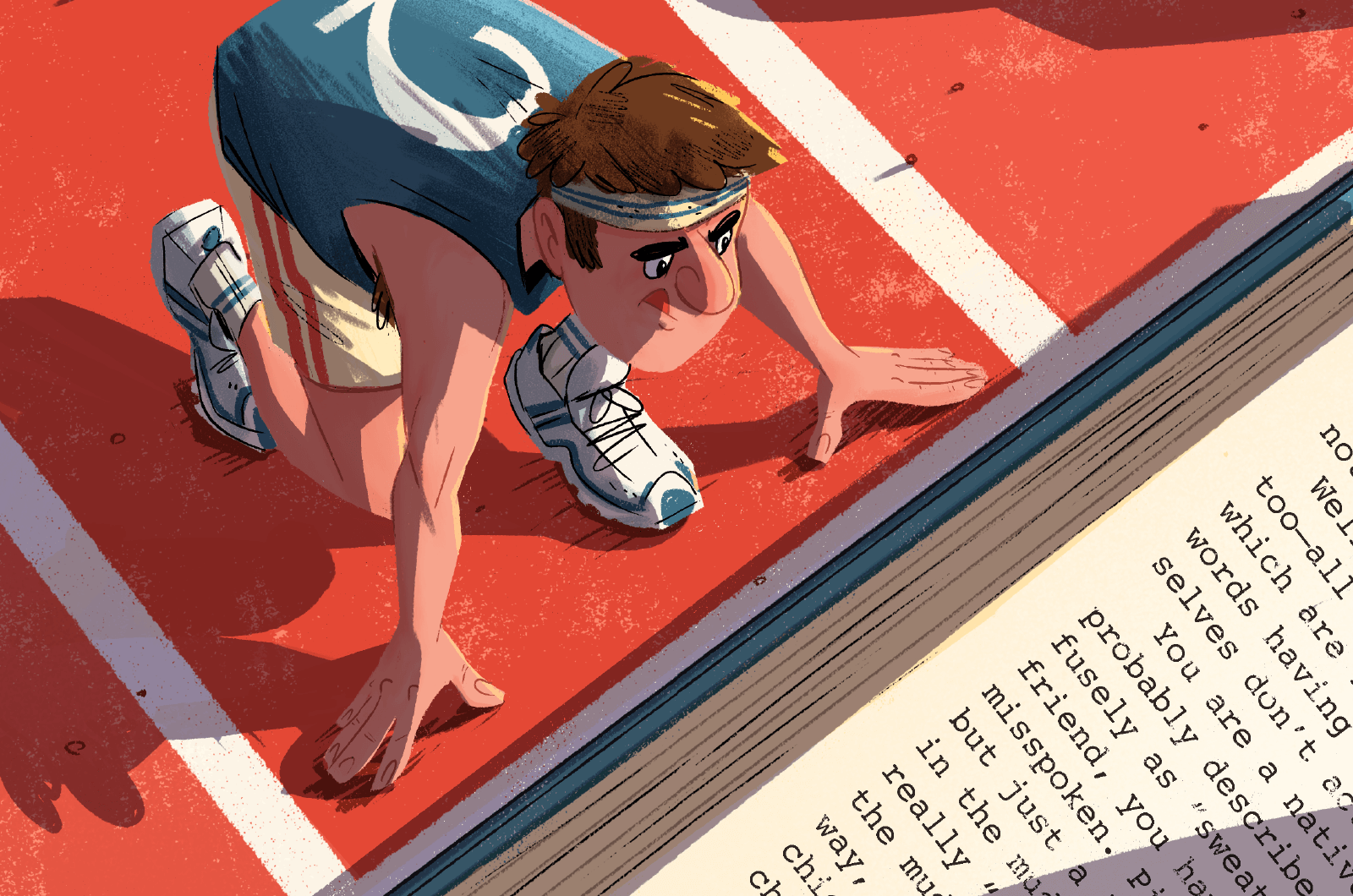How to Increase Creativity?
The psychology of creativity is a young science that studies the innovative solutions in different areas of life. Scientists have discovered how creativity is related to IQ and age and how you can develop creative skills. It’s an encouraging article that is sure to be helpful to many people today.
Creativity refers to anything that stands out from the ordinary: impressive literary works, enchanting paintings, inspiring music, original inventions, unconventional business ideas. It can also include creative achievements in everyday life. Creativity is everywhere, where a person involves imagination, generates ideas, and uses the environment, objects, and circumstances extraordinarily.
The psychology of creativity became an independent science in the middle of the XX century when many creative groups appeared, and society faced the questions like, “what motivates creative people?” how to manage the creative activity effectively?” etc.
An American psychologist Joy Guilford, who systematized this science, was one of the founders of the psychology of creativity.
The modern psychology of creativity studies:
- The nature of creative ability.
- The connection of creativity with intelligence, emotion, and motivation.
- Factors that prevent creative people from generating ideas and creating innovative solutions.
Ways to develop creative potential
Exploring the nature of creativity is beneficial for all of us. Training the brain to find non-standard solutions increases the value of a person as a specialist – the higher the imagination, the more original features are acquired by any activity. On top of that, creative people are more adaptive: it’s easier for them to cope with uncertainty, adapt to life changes, and find a solution to difficult situations.
Smart Equals Creative?
In 1921, the American psychologist Lewis Terman began the so-called longitudinal study in California – a large-scale study of the relationship between intelligence and creativity, which continued until the end of the XX century. The experimental group consisted of over 1,500 boys and girls aged 8-12 years with an average IQ of 150 and excellent performance in school. A parallel control group consisted of children of the same age but with lower IQ and school performance levels.
Over the next 30 years, Terman conducted three IQ measurements of the experiment participants and tracked their achievements. After the scientist died in 1956, the study was continued by his colleagues. By the year 1950, 800 members of the experimental group had made significant progress in science and the hard sciences. They had 67 books published, 150 patents for inventions, and degrees in philosophy, medicine, and physics. These results were 30 times higher compared to those of the control group.
However, none of them proved to be the author of new and original ideas or products. Therefore, the researchers suggested that high intelligence does not guarantee creative success.
This experience prompted scientists to search for other qualities that the IQ test could not evaluate. They found them with the help of the creative concept Ellis Torrance and Joy Guilford developed.
According to these psychologists, mindset is divided into convergent and divergent. The first, linear, is aimed at finding one solution to a problem, while in the second case person is looking for a solution in different directions, which leads to the emergence of innovative ideas.
Guilford considered divergent thinking the foundation of creativity – a person’s ability to generate new ideas and original solutions. He highlighted 6 parameters of creativity and developed tests for its diagnosis.
Later, the concept of creativity was developed in Torrance’s research. He created the threshold hypothesis, which states that the relationship between intelligence and creativity exists at a low level of development but is absent at higher levels. Today this theory is being tested and refined by other researchers. Torrans also developed 12 tests for the diagnosis of creative thinking, distributed in the verbal, visual, and aural categories.
- Verbal tests – making up unusual stories based on pictures.
- Visual tests – creating original drawings and finishing up incomplete figures.
- Sound tests – transforming heard sounds into graphical images and ideas.
The Connection Between Creativity and Age?
In the second half of the XX century, society formed a stereotype that creative success can be achieved only at a young age. The work of American scientist Garvey Lehman, entitled “Age and Achievement,” contributed to this stereotype. He has analyzed hundreds of biographies of outstanding writers, artists, composers, mathematicians, and chemists and found that the peak of creativity for most of them was reached at the age of 30-35.
However, David Galenson, a professor in the Department of Economics at the University of Chicago, came to a different conclusion. After studying the biographies of many talented people, he concluded that the peak time of creativity depends on the person’s psychological characteristics. According to Galenson, all creative people can be divided into two groups:
- Experimenters – are in the perpetual creative search, working by trial and error. They are ambitious, have poor control over their emotions, and are prone to the torments of creativity.
- Conceptualists – generate clear ideas and set precise goals. They are more emotionally stable, enjoy their work, and are not prone to suffering.
Galenson believed that conceptualists reach the peak of creativity in youth, while experimentalists more often reach it at an older age.
The results of modern studies vary. Some confirm Lehman’s conclusions, while others show two peaks of creativity: the first comes at the age of 25-29, and the second – after the age of 50.
Techniques for the Creative Thinking Development
All people have a particular creative potential since birth. For example, any baby is an experimenter and explorer in all areas of activity. Their thinking is not limited to patterns, so they are constantly creating unique solutions – pictures on the walls, houses made of chairs, pillows, and blankets. As many people grow older, their creativity wanes. Studying at school and college and the educational influences from parents and teachers shape our thinking patterns.
However, creativity can be developed at any age with the help of special techniques.
TRIZ
In the middle of the last century, the Soviet inventor, innovator, and writer Genrich Altshuller developed the theory of inventive problem solving (TRIZ) to develop logic, creative thinking, and imagination. The idea has found use in technical fields and psychology, education, art, literature, and business.
The TRIZ is based on 40 inventive techniques and 76 solution templates suitable for various tasks. Some of them are used to develop creative thinking in children.
One of the most exciting TRIZ techniques is the “reverse” technique, where you have to change the features of the original object to the opposite or perform the opposite action to the logical one.
Many creative people used this technique even before the invention of TRIZ. For instance, it was used by Henry Ford, the American industrialist, business tycoon, and inventor. Ford was the first who used the conveyor belt for in-line production of cars, and he also invented how to repair it profitably.
The principle of reverse effect can be used in any art. For example, if you can’t make a traditional drawing, transform it into a creative one:
- Make a white snowman black.
- Turn the object upside down.
- Turn solid into fluid, as Salvador Dali did in his painting “The Persistence of Memory.”
Brainstorming & Brainlining
A famous explorer of creative thinking was Alex Osborne, an American manager and founder of the renowned advertising agency BBDO.
While heading one of BBDO’s branches, Osborne encountered the inability of employees to generate creative ideas. This issue prompted him to develop a brainstorming technique. He suggested that collective idea generation take place in an informal setting and divide the process into several steps:
- A straightforward statement of the problem, setting a single clear goal.
- Generating ideas without analyzing, relating them to reality, and criticizing them. At this stage, brainstormers express whatever comes to their mind. The more fantastic the idea and the more of them are generated, the better.
- Analyzing, evaluating, criticizing the proposed ideas, and finally choosing the best solution.
Osborne’s suggestion worked: the informal setting and the principle of delayed evaluation allowed the team to come up with many ideas. People shared their thoughts without fear of criticism from others and unleashed their creativity completely.
A modern modification of brainstorming is brainlining, or electronic brainstorming, which can be conducted in chats or video conferences. Some psychologists have noted that brainlining is more effective than conventional brainstorming.
For premium readers








